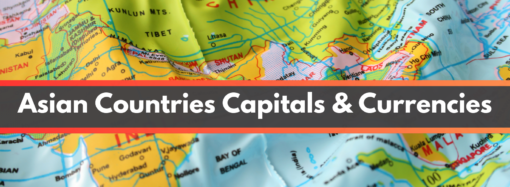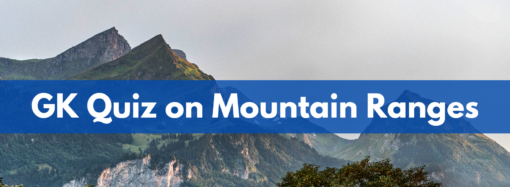The government formally notified a consumer inflation target of 4%, putting a stamp of approval on the pact with the RBI reached last year.
The government has allowed for two percentage points movement on either side of the 4% target for five years starting from 2016, a move being seen as sticking to the idea floated by outgoing RBI governor Raghuram Rajan.
- The key advantage of a target is that it allows the monetary policy committee to recognise the short run trade-offs between inflation and growth but enables it to pursue the inflation target in the long run over the course of a business cycle.
- If the average inflation is more than the upper tolerance level of 4% + 2%, (6%), or less than the lower tolerance level of 4% – 2%, (2%), for any three consecutive quarters, it would mean a failure to achieve the inflation target, according to a finance ministry statement.
- The government is also in the process of nominating the three members on the monetary policy committee (MPC). Finance minister Arun Jaitley had announced the move to set up an MPC in his 2016-17 Budget.
What is Inflation targeting ?
Inflation targeting is a monetary policy in which a central bank has an explicit target inflation rate for the medium term and announces this inflation target to the public.
- An inflation-targeting central bank will raise or lower interest rates based on above-target or below-target inflation, respectively. The conventional wisdom is that raising interest rates usually cools the economy to reign in inflation; lowering interest rates usually accelerates the economy, thereby boosting inflation.
-
The advantage of a target is that it allows to recognise the short run trade-offs between inflation and growth.










